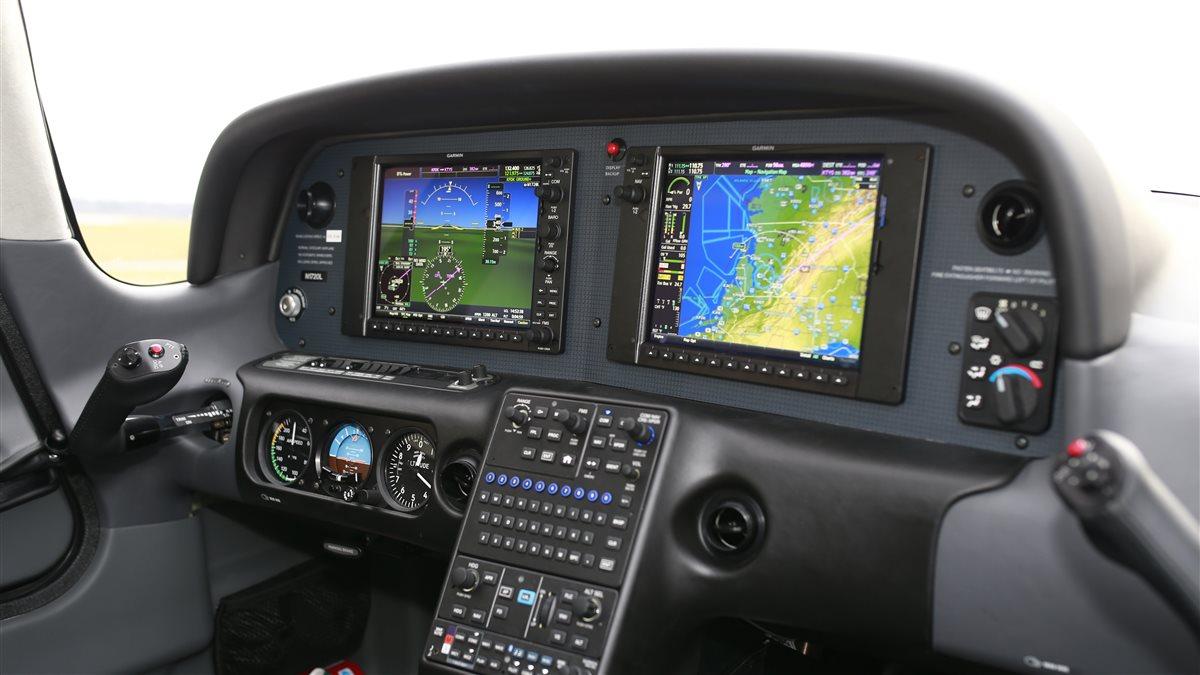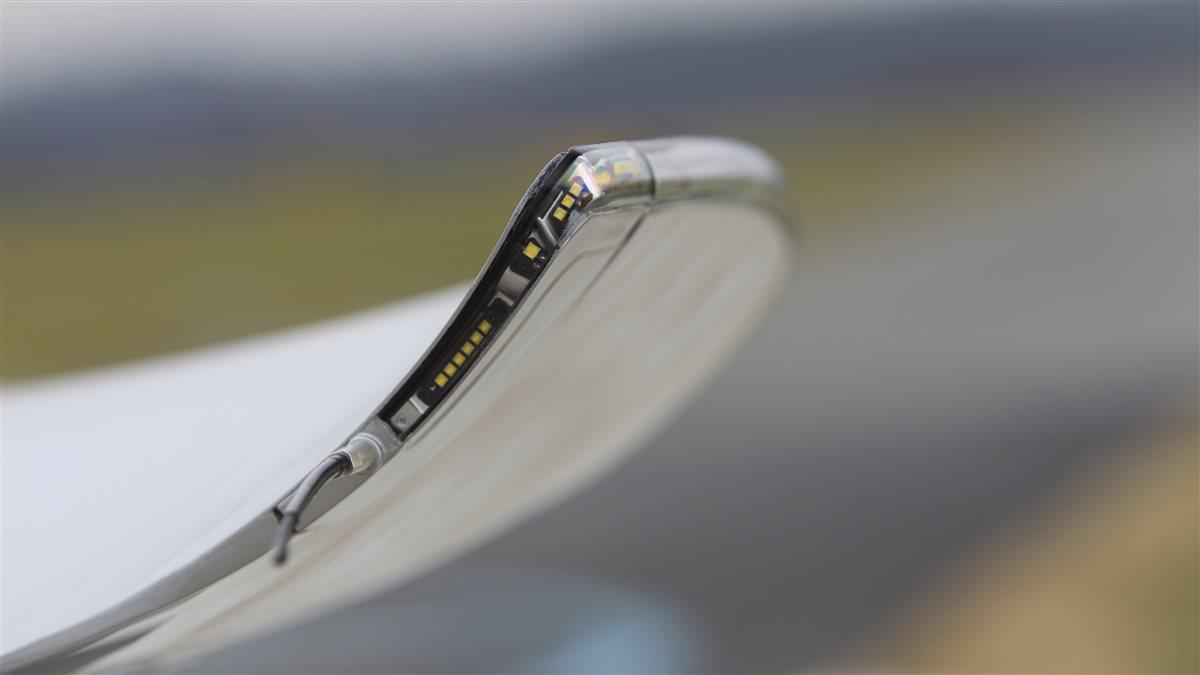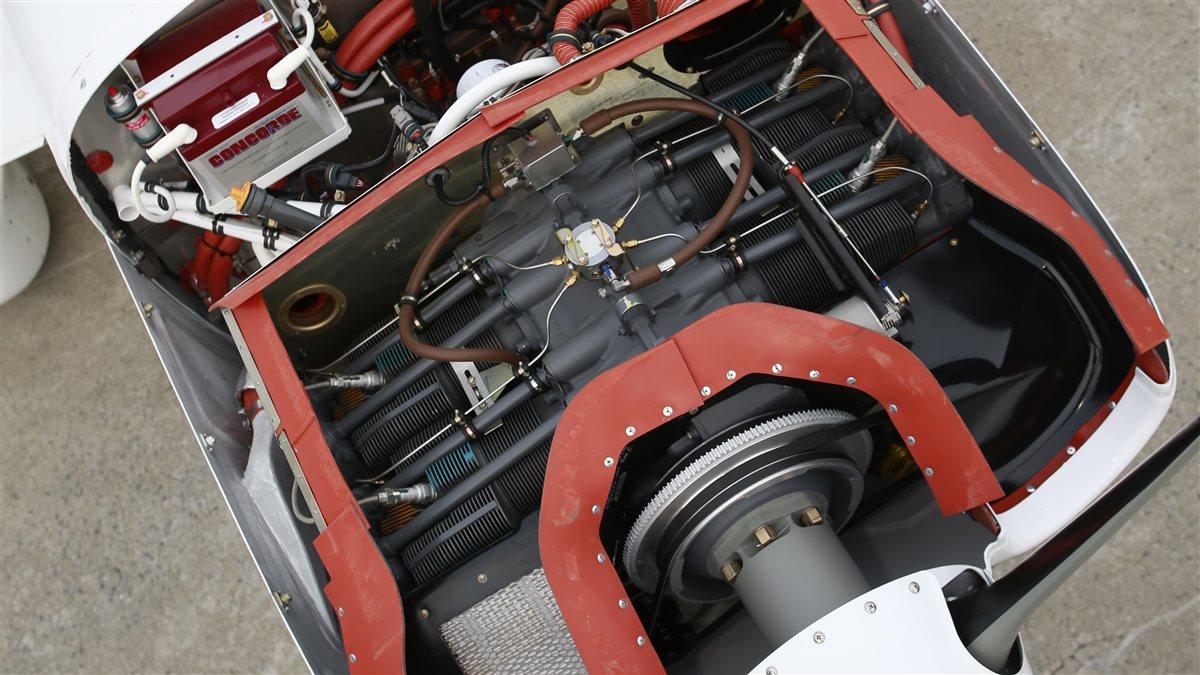You can fly: 21 high school students win AOPA scholarships
Teens show promise, give back to aviation
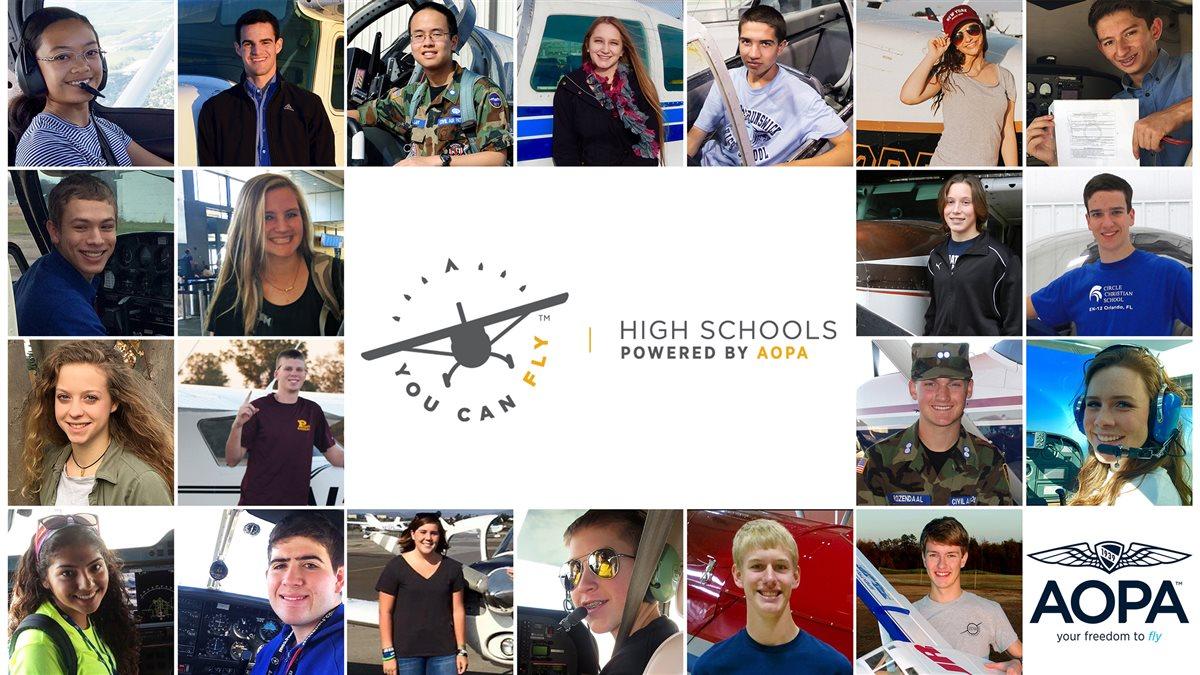
The scholarships were awarded to high school students ages 15 to 18 who intend to earn an initial pilot certificate. Winners were selected from a pool of more than 300 applicants.
“Providing flight training scholarships for high school students not only helps them achieve their lifelong dreams of becoming a pilot, it can help build career-ready skills that get them well on their way to their future,” said Cindy Hasselbring, AOPA senior director of the You Can Fly High School Aviation Initiative. “We couldn’t be more pleased with our winners, and these individuals have already demonstrated a strong passion for aviation. Many of them are already involved in giving back to aviation by volunteering or serving at local airports, high school clubs, or in their communities.”
Recipients are Adriana Armour, of Nevada; Nicholas Bhardwaj, California; Seth Breyfogle, Iowa; Luke Edgerly, Michigan; Adam Enggasser, South Carolina; Katrina Espinoza, California; Christopher Franklin, Colorado; Kaitlyn Gallegos, California; Rory Gannon, North Carolina; Amelia Green, Georgia; Alexander Lam, New York; Lorena Longoria, Texas; David Lyon, Florida; Jacinta Richards, Indiana; Eli Robertson, New York; Jonathan Rozendaal, Colorado; Jordan Spicola, North Carolina; Lauryn Spinetta, Texas; Ryan Thompson, Georgia; Andrew Treulich, New York; and Emily von Hack, Florida. The scholarships were made possible by donations to the AOPA Foundation.
AOPA NEWS
Remove barriers to aircraft modernization, AOPA says
Ensure pilots can affordably update cockpits with safer equipment
AOPA has called on the FAA to create a comprehensive policy to make it easier and more affordable to equip the existing general aviation fleet with “low-cost, modern technology.” In a letter to the FAA, the association submitted recommendations aimed at software verification and production approvals that would help the FAA remove barriers to aircraft modernization. The recommendations follow five guidelines for fleet modernization that AOPA had sent to the agency in June 2016.
“There has been a hodgepodge of policies, leading to several innovative projects being approved,” said AOPA Director of Regulatory Affairs Justin Barkowski. “AOPA is focused on creating a comprehensive, predictable, and easily navigable system for manufacturers to ensure that pilots can affordably update their cockpit with safer equipment.”
By improving two processes—software verification and obtaining production approval—the FAA will make it easier for companies to bring primary flight displays, engine-monitoring systems, autopilots, and other equipment with electronic software to the certified market. AOPA asked the FAA to ensure the proper classification of failure conditions in functional hazard assessments during companies’ application for a supplemental type certificate; embrace alternative certification standards for electronic software found in GA aircraft equipment; implement a risk-based approach toward granting production approval; and use industry standards to issue production approval.
“AOPA appreciates the FAA’s efforts thus far to streamline certification and approval requirements for modernizing the existing GA fleet,” Barkowski said. “AOPA stands ready to assist the FAA and industry to address the remaining work needed to bring more modern equipment to the certified market.”
FAA NEWS
Medical reform is a reality
What the third class medical changes mean to you
Beginning May 1, complying with the FAA’s medical requirements will become less burdensome and generally less expensive, thanks to reforms the agency announced in early January.
Called BasicMed, the reforms are the FAA’s answer to legislation passed by Congress last summer that guaranteed the ability for some pilots to fly powered aircraft without needing to regularly obtain a third class medical certificate (glider and balloon pilots remain exempted from medical requirements).
Under the rules of BasicMed, all pilots, including students, will need to obtain a third class medical certificate one time from an aviation medical examiner. Pilots who have held a medical certificate within the 10 years prior to July 15, 2016, are considered compliant. If flying certain aircraft not for compensation or hire, the pilot will have the option of meeting a few minor requirements in the future and flying under BasicMed.
Assuming the pilot is healthy, he or she need only take a free online course once every two years, and meet with his or her personal doctor once every four years to go over an FAA checklist. The checklist includes many items that are otherwise covered on standard physical exams.
FAA Administrator Michael Huerta said BasicMed is a win for the general aviation community, and that he’s happy “our FAA team has brought it across the finish line.”
“BasicMed is the best thing to happen to general aviation in decades,” said AOPA President Mark Baker. “By putting medical decisions in the hands of pilots and their doctors, instead of the FAA, these reforms will improve safety while reducing burdensome and ineffective bureaucracy that has thwarted participation in general aviation.”“As with any regulation, the details are critical, and we’ll be carefully analyzing the rule and seeking clarification where needed,” said Jim Coon, AOPA senior vice president of government affairs. “We, along with our supporters in Congress, worked diligently to bring these reforms to pilots, and now we need to make sure they deliver the benefits lawmakers intended.”
Web: www.aopa.org/3CM
 Industry news
Industry news
A new SR20
The first Lycoming-powered Cirrus
From snazzy wing tips to a Lycoming engine, the aircraft company that introduced airframe parachutes to general aviation airplanes has more big ideas. The team from Duluth, Minnesota, kicked off 2017 with a host of new products for its piston line. Most notable is the change from a six-cylinder Continental engine to a four-cylinder Lycoming engine on the entry-level SR20.
Cirrus spokesperson Ivy McIver said the company made the switch to the 215-horsepower Lycoming IO-390 to improve performance of the SR20, reduce maintenance costs for customers (given two fewer cylinders to maintain), and help fleet customers standardize engine brands across their offerings; Lycoming is the dominant provider in training airplanes. The 15 extra horsepower boosts climb rate of the SR20 over the 200-horsepower Continental IO-360, which has been standard on the SR20 since the aircraft was introduced in the late 1990s. The extra horsepower allows a 100-pound gross weight increase—and, because the engine is lighter and with 2017 avionics changes, the 2017 SR20 weighs some 30 pounds less. Add a composite Hartzell prop, an optional replacement for the standard aluminum one, and the new SR20 can benefit from as much as a 150-pound useful load improvement.
New to all the 2017 Cirruses are upswept wing tips housing automotive-like LED “halo” lights. An optional keyless remote entry system turns on downward facing LEDs, halo lights, interior lights, and step lights—in addition to unlocking the doors.
Upgraded leather and other improved interior appointments increase pilot and passenger comfort, but most noticeable are the enhancements to the panel from the upgrade to the Cirrus Perspective+ by Garmin system. Cirrus takes the Garmin panel to a new level with its own improvements—most noticeably a QWERTY-style keyboard—making it easier to enter flight plan information and to type text messages through the optional Global Connect package. It allows two-way phone and text communication and worldwide in-cockpit weather data via the Iridium satellite constellation.
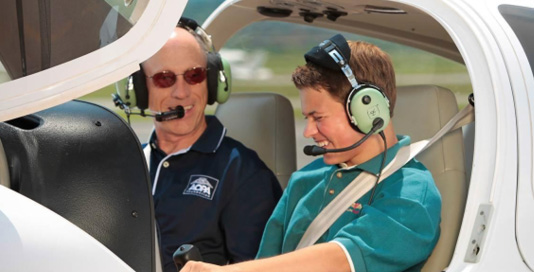 As part of the high school initiative, AOPA is working with Purdue University to build aviation curricula that focus on piloting, aerospace engineering, aviation technology, and drones. AOPA has hosted two high school aviation science, technology, engineering, and math symposiums to give teachers and administrators an opportunity to share best practices and conduct networking about aviation education. Find out more
As part of the high school initiative, AOPA is working with Purdue University to build aviation curricula that focus on piloting, aerospace engineering, aviation technology, and drones. AOPA has hosted two high school aviation science, technology, engineering, and math symposiums to give teachers and administrators an opportunity to share best practices and conduct networking about aviation education. Find out more  Q. Who benefits from BasicMed?
Q. Who benefits from BasicMed?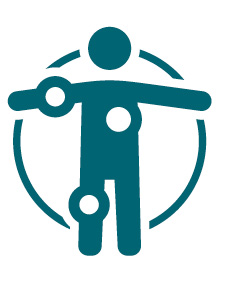 A. Once you meet the basic qualifications, you’ll have to meet a few requirements.
A. Once you meet the basic qualifications, you’ll have to meet a few requirements.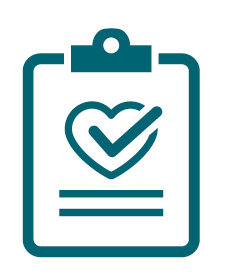 Q. I have one of the three conditions listed as requiring a one-time special issuance medical. I held a special issuance medical a few years ago. Do I have to get another one to use the new rule?
Q. I have one of the three conditions listed as requiring a one-time special issuance medical. I held a special issuance medical a few years ago. Do I have to get another one to use the new rule?